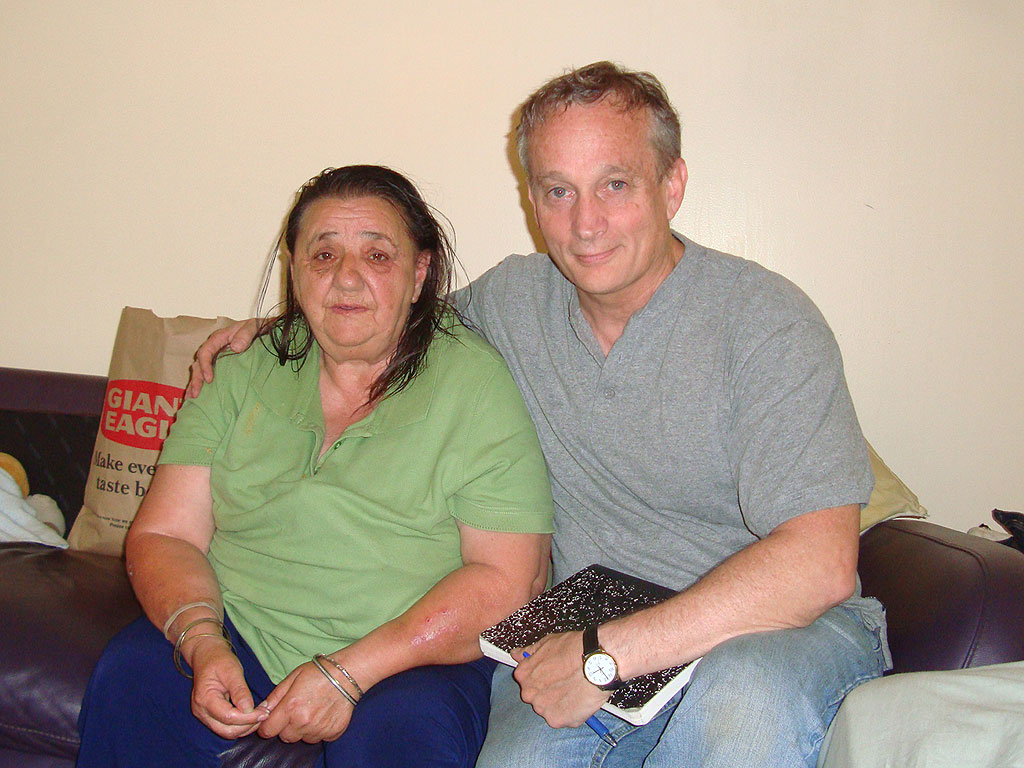Pittsburgh Doctor Heads to the Streets to Treat the Homeless – and Finds Them Homes
For the past 22 years, Dr. Jim Withers has been putting an entirely new spin on the concept of house calls.
Not only does he hit the streets of Pittsburgh to treat the homeless, but he also finds them actual homes.
It was a natural spin-off of his work caring for the homeless, he tells PEOPLE.
"In the late '90s we discovered that the homeless would not or could not go through the processes in place to qualify for housing," Withers, 56, says.
"We began asking them, 'What do you really want?' " says Withers. "And they wanted their own apartment. Fortunately, the rents in Pittsburgh are low enough so we were able to get them Social Security."
So far his nonprofit, Operation Safety Net, run through the Pittsburgh Mercy Health System, has given free medical care to about 20,000 individuals and helped more than 1,200 homeless people find a place to call their own.
"We are extremely fortunate to have Dr. Withers and his team from Mercy and Operation Safety Net working with the homeless population here in Allegheny County," Marc Cherna, director of the Allegheny County Department of Human Services, tells PEOPLE.
"Many homeless individuals, despite their situation, are very guarded when it comes to accepting help of any kind," he says, "but Dr. Withers has been able to connect with the community through his patience, compassion and care."
Street Medicine
When PEOPLE first profiled Withers in 1996, his work had just gotten underway. Since then, his "street medicine" (he coined the term) practices have been put into place in more than 45 communities in the U.S. and 90 internationally.
Withers's separate Street Medicine Institute hosts an annual symposium and assists communities throughout the world in starting their own programs.
Despite all that success, Withers continues to walk the streets at night, caring for those living under bridges, in boxes and in the shadows of the city – and his passion for it hasn't dimmed at all.
"I love the street people," he says. "I've formed friendships out there that are meaningful."
Making a Difference
He recalled the first time he met Lois Burke sleeping in a snow bank near a church.
She was behind a board when he approached and she playfully called out "Peekaboo!" startling Withers, he says.
It was the beginning of a lovely relationship between the two with Burke being placed in her own apartment for the past four years.
"I have my own bed and a couch," Burke, who worked in manufacturing before losing her job and landing in the streets, tells PEOPLE.
"I love it," she says. "I've never had a doctor like him before."
For his part, Withers says he has "so much respect for how strong she is," and affectionately calls the woman in her 50s "J-Lo."
More recently, he was able to help a desperately ill 20-year-old woman who was living in a homeless camp.
"She had a tough childhood, had run away and was in this camp with liver disease," he says. "She was attacked by someone on heroin and our team was able to get her out of the situation and connected with a case manager."
Subsequently, she went to a drug rehabilitation program to detox and is now clean thanks to Withers and his outreach workers.
"It was a lifesaving intervention," he says.







 Reply With Quote
Reply With Quote





 Kathy and Viola, the Inn's resident therapy dog
Kathy and Viola, the Inn's resident therapy dog

Bookmarks